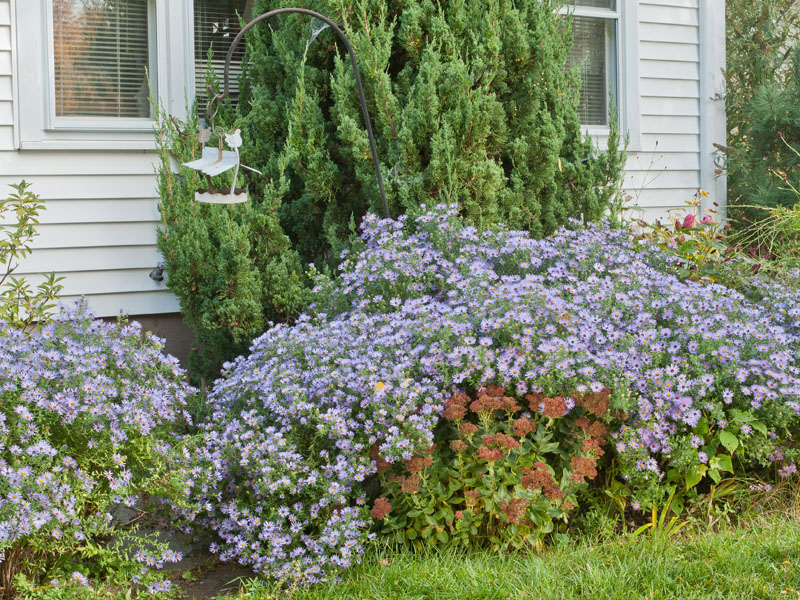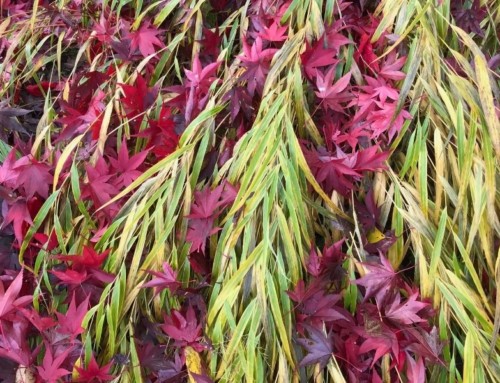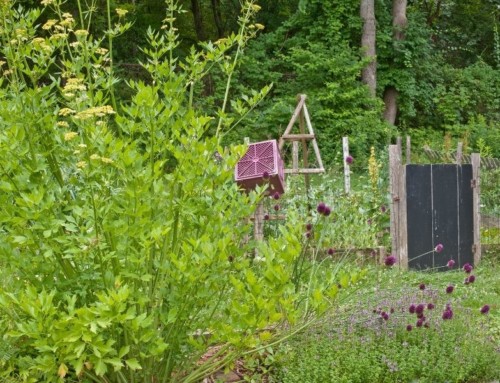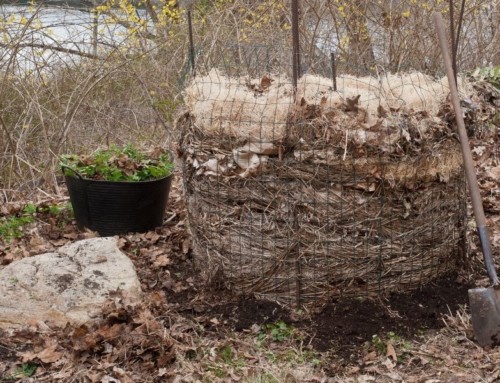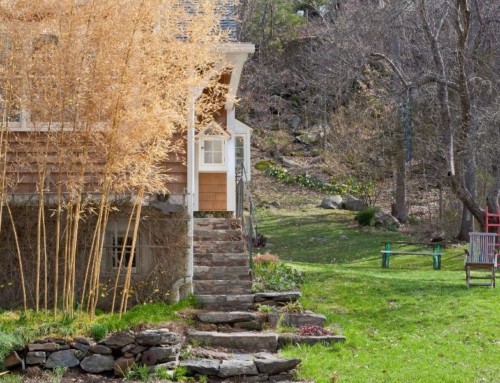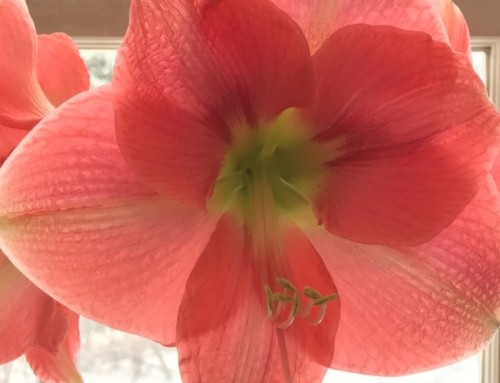Birds, Bees and Butterflies Love Them Too
Fall is aster time, and asters are one of the most important pollinator food sources. Botanical names are now Symphotrichum and Eurybia now, but we can still call them asters. A blue aster by any name is just plain beautiful.
People complain that native asters are “leggy” and have icky-looking lower leaves. If you plant asters as they grow in nature, amongst native grasses or perennials, you won’t even see their lower stems. Plants may flop though, especially in rich soil.
When I spoke with Nancy DuBrule-Clemente, owner of Natureworks organic garden center in Northford, CT in October, she said “My whole yard is blue right now – all the asters are overlapping, it’s been such a long, mild fall.”
Nancy has a succession of big blue asters blooming in her garden beds from late summer right into November.
She pinches them back – by half – in June to encourage branching (more branching = more blooms) and keep them from becoming tall and flopping all over the place.
“I’m not staking these puppies – It’s too much work and too hard to do gracefully.”
Her mantra: “If you’re not walking out of the garden in June with tarp-loads of debris, you’re not brave enough.”
NONSTOP BLUE ASTER BLOOMS FROM AUGUST TO NOVEMBER
Aster laevis (Symphotrichum laeve)
- They start early (August) if she forgets to cut back in June
- Seedlings are easy to spot in the garden because they have smooth leaves
- Best for cut flowers
- Not deer proof
- Comes up in the wild, weaves through milkweeds and goldenrods, shrubs
- Pinches where she wants it, lifts and moves seedlings to wild areas – tall and leggy – Always enough, always misses a few
Aster laevis ‘Bluebird’ (Symphotrichum laeve ‘Bluebird’)
- Shorter and more intense blue than species
- Straight species overlaps with it if she cuts back in time
- Good way to extend season of bloom – cut some and not others
Aster oblongifolius ‘October Skies’ (Symphotrichum oblongifolium ‘October Skies’)
- Blooms September into mid-late October)
- Aromatic aster – between tough little leaves and fragrance, deer resistant
- Nancy calls it blue, I call it purple, we compromised at blue-lavender.
Aster cordifolius ‘Avondale’ (Symphotrichum cordifolium “Avondale’)
- Her new love – “More bees than any aster I’ve ever seen”
- Delicate, airy pale blue flower clusters
- Uses it in woodland gardens – a great colonizer, always welcome
- Will cross-pollinate with the species for a range of color from pale blue to white
- Not favored by deer
Aster oblongifolius ‘Raydon’s Favorite’ (Symphotrichum oblongifolium ‘Raydon’s Favorite)
- Shown in photo above, cut back and compact, buzzing with bees
- Very similar to ‘October Skies’ but it blooms later, extending the season of bloom
Aster oblongifolius ‘Fanny’ (Symphotrichum oblongifolium ‘Fanny’)
- Nancy cherishes this hard-to-find purple aster
- Tough as nails – will grow anywhere, even under trees
- Nancy hesitates to call anything deerproof – but this one is
- Tall and last of all – blooms in November
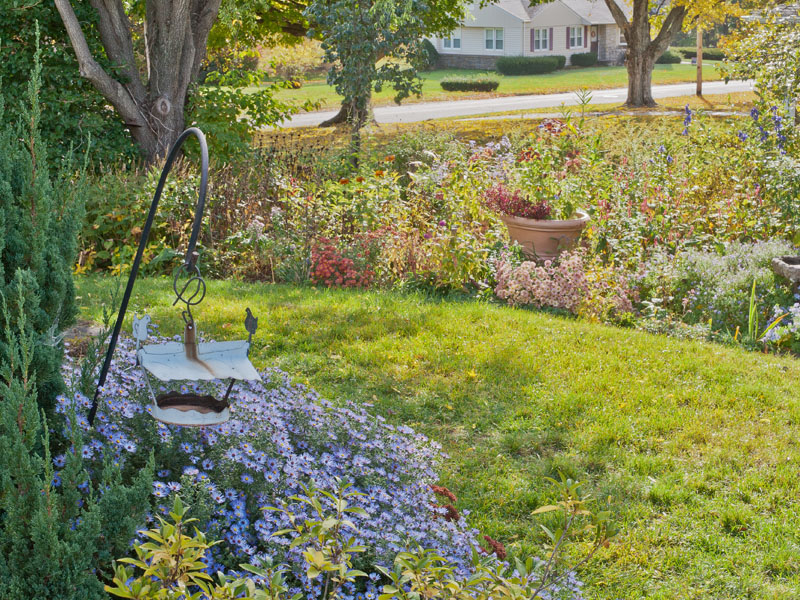
The view from Nancy’s home office in late October
- Pinched back ‘Raydon’s Favorite’ aster smothers weeds. You can hear the bees buzzing from indoors.
- A small strip of lawn, organic of course
- An exuberant, wide border full of self-sown asters, late-season hardy mums, monkshood and other pollinator favorites, with coneflowers gone to seed for the birds.
And across the street – no reason for birds or pollinators to leave Nancy’s yard.
